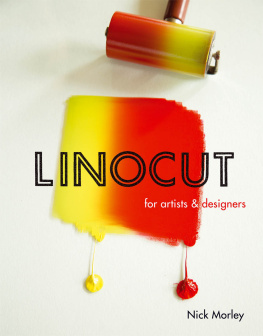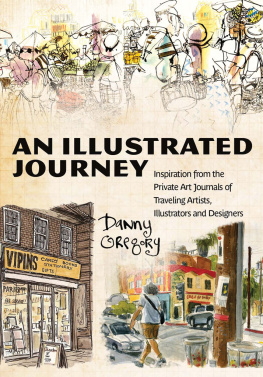TYPEWRITER ART
:
A Modern Anthology

TYPEWRITER ART
:
A Modern Anthology
/
BARRIE TULLETT
LAURENCE KING PUBLISHING

Published in 2014 by
Laurence King Publishing Ltd
361363 City Road, London
LAURENCE KING
EC1v 1LR, United Kingdom
T +44 (0)20 7841 6900
F + 44 (0)20 7841 6910
www.laurenceking.com
Text 2014 Barrie Tullett
Barrie Tullett has asserted his right under the Copyright, Designs and Patents Act 1988 to be identified as the author of this work.
This book was produced by Laurence King Publishing Ltd, London.
All rights reserved. No part of this publication may be reproduced or transmitted in any form or by any means, electronic or mechanical, including photocopying, recording or any information storage or retrieval system, without permission from the publisher.
A catalogue record for this book is available from the British Library.
ISBN
978-1-78067-347-9
DESIGN
John Dowling / Mucho
TYPEFACE
A2 Typewriter by A2-Type, based on the Olivetti Lettera 22 typewriter.
FRONTISPIECE
Dom Sylvester Houdard
gripfreak (1972).
(See also p. 52.)
Printed in China
CONTENTS
INTRODUCTION
/
Faster than writing with a pen
If technology is that which is invented after we are born, and stuff is that which has always been around, for those born now, computers, the internet and mobile phones are just stuff in fact, it would be impossible for recent generations to imagine a world without these things. This was the world that the typewriter lived in.

The Remington Standard Typewriter manual (c. 1890)
/
To Save Time is to Lengthen Life: the typewriter offered a world of opportunities, a better way of life, a better way of living a promise reflected in the sophistication of its design, its colours and its advertising. The Remington Portables of the 1920s were clad in such seductive shades as Ivory and Como Green, Tan and Pompeiian Red, Nyanza and Cellini Green, Colette and Endowa Blue, Light and Dark Orchid and Mountain Ash Scarlet. With its dream of possibilities, the Remington was surely the equivalent of Designed by Apple in California.

Blickensderfer head office (c. 1905)
/
A very modern world. The first commercially successful typewriters, made by E. Remington from a design by Sholes and Glidden, appeared in 1874 and were produced at the rate of two a year. With improvements made by Remington, the market began to take off a few years later, and by 1890 over 100 a day were being made; by the early 1920s, the demand was so great they were being made at the rate of seventy-five an hour.
The first commercial machine, the Hansen Writing Ball, was made available to the public in 1870; however, it was not until 1874 that the first truly successful machine appeared. Based on a design by Christopher Latham Sholes and Carlos Glidden, it was produced by the American firearms and sewing-machine manufacturer Remington and sat on the same base as their lock-stitch sewing machine.
The typewriter quickly became a fundamental part of our cultural, social, commercial and industrial world. It was instrumental to the emancipation of women, opening up a whole new field for female employment; it placed the means of communication in the hands of the people, uncensored by political doctrine or regime; it allowed writers to write as quickly as they thought. These machines created a clean, universal format, allowing for the immediate, and modern, presentation and dissemination of thought in a way that handwriting never could. It was a revolution.
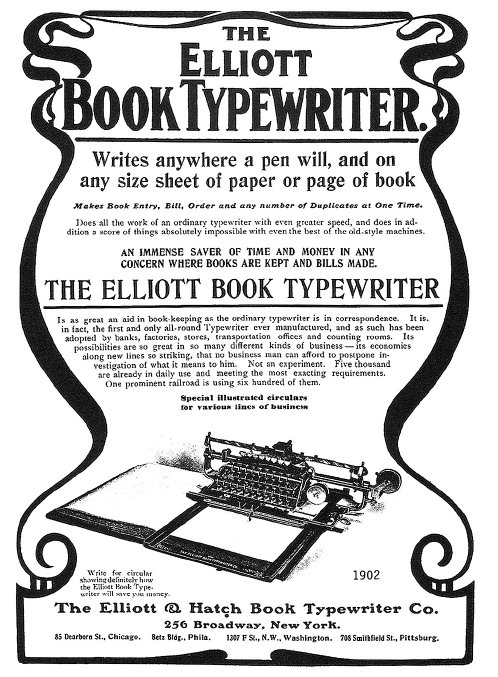
Advertisement for the Elliott Book Typewriter (1902)
/
The recent introduction of the Book Typewriter, which will write in books of any dimensions, has indefinitely extended the field of usefulness of the Typewriter, and it may now be said that the machine is used in all classes of business, for all kinds of work, in all the leading countries of the earth. Albert P. Green, All About Typewriters and Typewriting (Horace Marshall & Son, London, 1903).

Catherine Sargeant
Photograph of Original Manuscripts (20072011)
/
Sargeants typewriter works were produced between 2007 and 2011. The nature of the typewritten process allowed her work to remain directly connected to her love of paper throughout every part of the creative process. For her there is also a very important connection with the way the typewriter gives something back when you strike the key a physical reaction and interaction that word processors or computers lack. The photograph shows Sargeants working sketches, her original manuscripts; these then lead on to further work using different processes and materials.
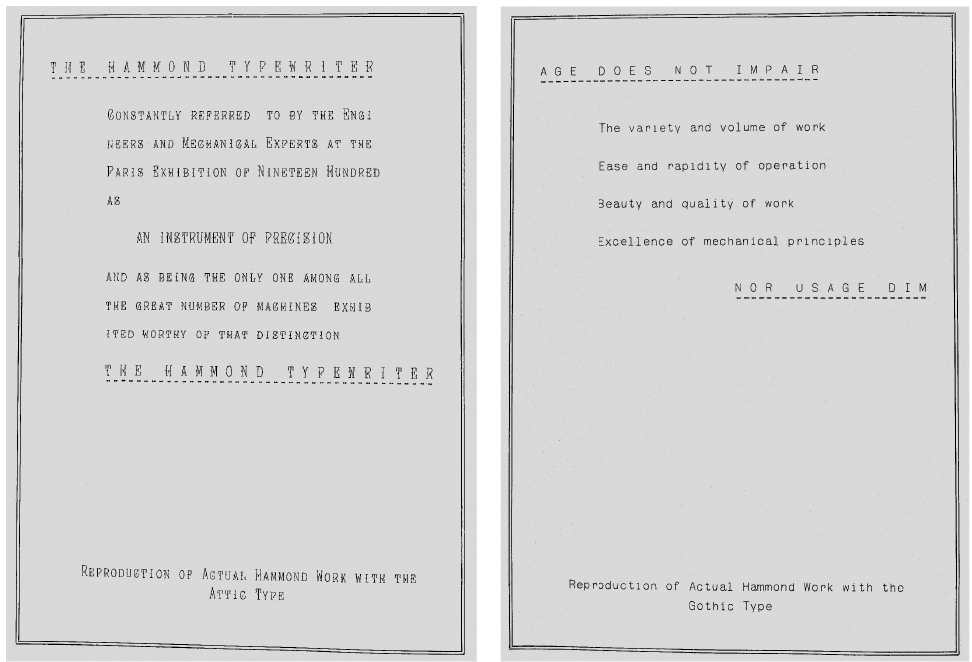
The Hammond Typewriter
/
The Hammond Typewriter of 1884 had one exceptional selling point the ability to change typefaces as and when required: For every nation, for every tongue. By 1900 they boasted all languages on one typewriter; these included English, Irish, German, French, Russian, Spanish, Italian, Dutch, Greek, Chinese, Swedish, Polish, Scandanavian (sic), Spanish-Portuguese, Roumanian (sic) and Bohemian. The choice of fonts was equally impressive, with no less than eight different typefaces to choose from, including a sans serif. It really was the modern machine, with modern methods, for modern men.
British graphic designer Ken Garland recalls going into Londons Camden Town with his wife in the late 1970s and buying a brand new typewriter, taking it home, placing it on a table and looking at it. Admiring it not just for its design, but for what it meant. It was as seductive and beautiful as the newest iMac is today. It offered the opportunity to connect with the world through correspondence, to write that great novel, to realize your potential. It was a beautiful thing a machine that would take upon itself the drudgery of writing. As the Hammond Typewriter Company stated in its 1900 book Art in Typewriting , it was the modern machine, with modern methods, for modern men. Poet and novelist Robert Graves said that a typewriter of which you have grown fond seems to reciprocate your feelings, and even encourage the flow of thought. Though at first a lifeless assemblage of parts, it eventually comes alive.
Now, of course, it is quite the opposite. A dead technology. An antique. A rather amusing piece of our cultural history that we can look back on and laugh at ourselves for having found so sophisticated and clever. It is now almost impossible to imagine a time when the typewriter was vital to our commercial and artistic life. Yet, despite the word processor, the PC, the iMac, iPhone, iPad and the myriad other tablets, phablets and devices designed to allow us to compose and disseminate our thoughts, it still retains an importance. It is still a signifier of the writer, the critic, the intellectual. In itself, as an object in our modern world, it is a potent visual shorthand. It signifies the move into the Modern Era, towards the mechanization of our lives (for good or ill) and is a symbol of progress that leads directly to the path of the PC. To have a typewriter as an ornament indicates a certain kind of person; to have a typewriter as a functioning object indicates yet another. A newspaper recently illustrated an article about whether the ability to post immediate comments online has meant the end of the critic with a falling figure a Mad Men style silhouette with his typewriter by his side.
Next page

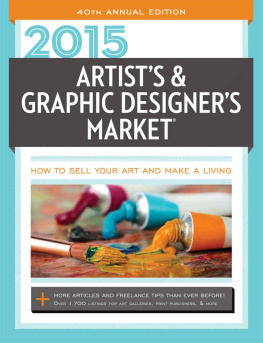
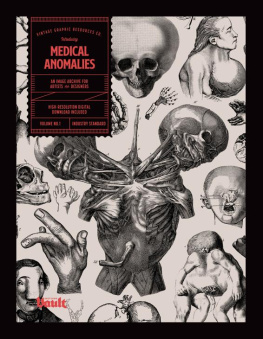
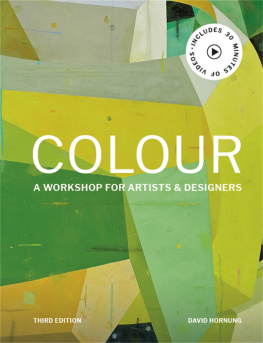
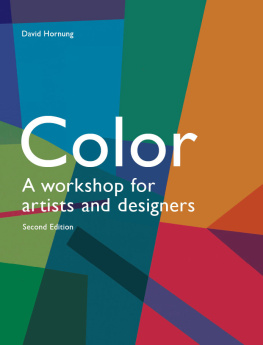

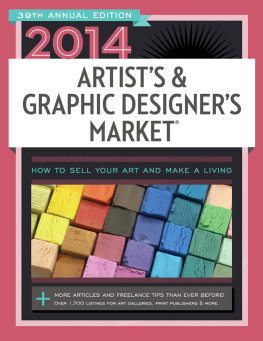
![Hammel - The artists guide to GIMP effects creative techniques for photographers, artists, and designers ; [covers GIMP 2.8]](/uploads/posts/book/138245/thumbs/hammel-the-artist-s-guide-to-gimp-effects.jpg)

